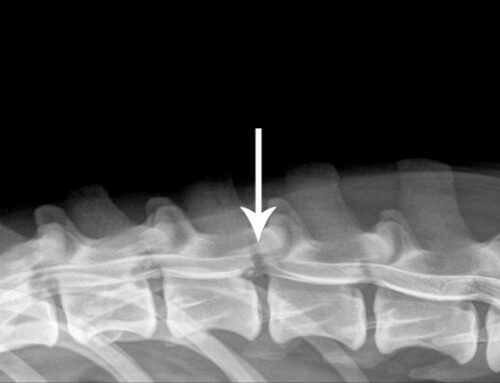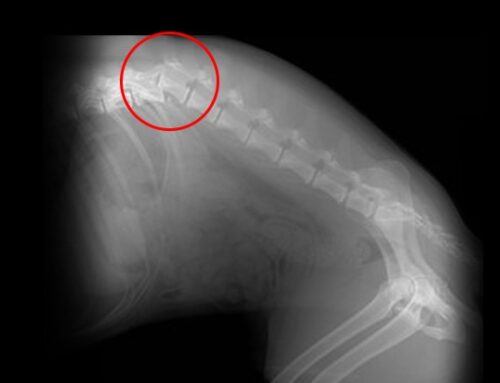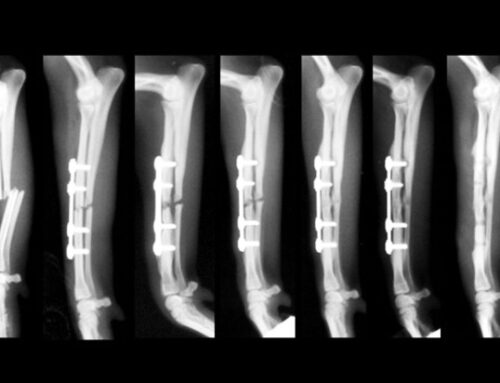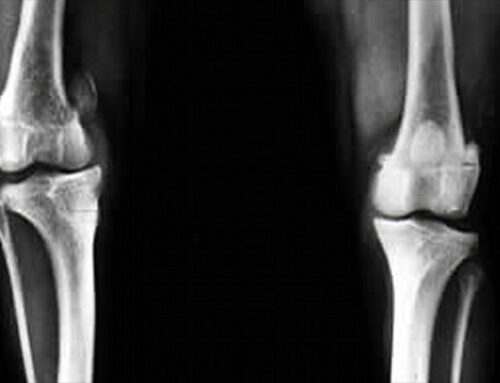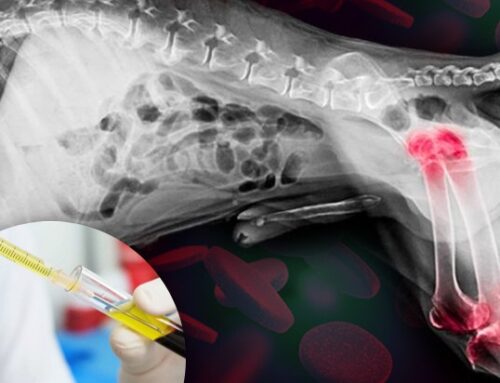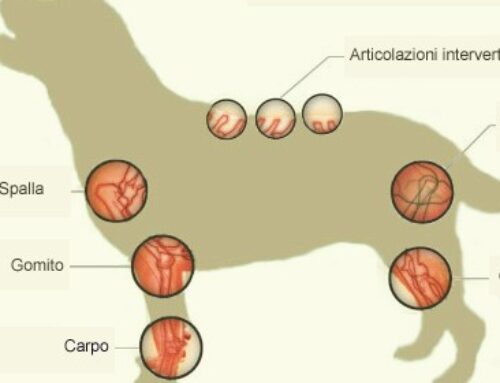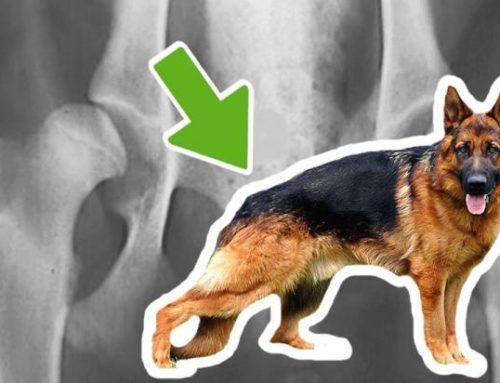Dog knee dysplasia occurs when the kneecap is not in its natural space, the trochlea.
Just like humans, a dog knee consists in three main bones: femur, kneecap and tibia.
Malformation can be in one or both back limbs.
Kneecaps and trochlea
The Kneecap (or patella) is inserted in the trochlea, a cavity in witch it moves, surrounded by tendons and fibrous texture.
It is connected to the tibia bye the patellar junction.
The patella is very important, since it assures a proper function of the quadriceps when extending the legs.
Most endangered species
Kneecap dysplasia is a very common condition among dogs.
We can find it in any breed, but the Small and Very Small breeds (Pincher, Yorkshire and Chihuahua, for example) are at a higher risk.
Dog knee dysplasia causes
Damage to the kneecap can have traumatic or congenital origins.
An orthopedic exam is mandatory in order to understand the gravity of the problem and to esclude a cruciate ligament injury.
The visit must comprehend walking and running, all to find any skeletal deformities and/or any signs of lameness.
How to classify the gravity of the dog knee dysplasia?
There is a chart, to evaluate the gravity of the disease, divided in 4 degrees starting from 1 (in which the dog is basically fine) to 4 (in which the dog isn’t able to walk)
1. Light dysplasia: the dog moves freely, but there is a slight misalignment between bones and muscles.
The puppy may, at times, misstep.
2. Medium dysplasia: the dog keeps his leg a little flexed.
Although it isn’t very painful, this malformation produces a rubbing of the kneecaps on the trochlea, leading to more serious injuries.
3. Heavy dysplasia: the dislocation is permanent and the tibia can rotate up to 60 degrees.
Some dogs can still walk, but the movement of the kneecap is impossible.
4. Very Heavy Dysplasia: the dog can’t use the limb at all.
If it’s in both the legs, the dog will assume the characteristic “Sea Lion” pose.
The right treatment for dog knee dysplasia: Conservative or Surgical?
The choice of the best possible treatment is based on a deep analysis of the dog medical history, clinical results and x-rays.
First step: to choose between a conservative treatment or a surgical one.
Adult and symptomless patients, without any sign of lameness, are mostly suited for a conservative treatment.
On the other hand, surgery is mostly advised for younger patients.
The surgical techniques have increased a lot in recent years
Among the most common operations, we can find the corrective osteotomies.
These are complex operations in which the extremities are realigned.
Usually, the usage of different techniques guarantees a proper kneecap stabilization, minimizing the risk.

